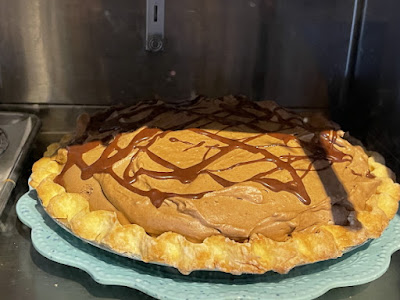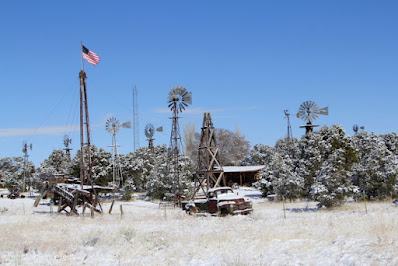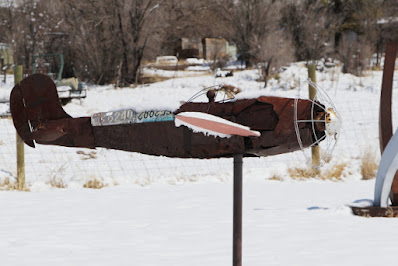The Very Large Array (VLA) is composed of 27 individual radio telescopes arranged in a "Y" shape, with each leg of the "Y" being 13 miles long. Each telescope is 82 feet in diameter. When the individual telescopes are combined, they make up one large telescope that is one of the most powerful radio telescopes in the world. VLA has been in operation since 1980 and has been updated with state-of-the-art technology several times.
VLA has a visitor center that is open to the public seven days a week for self-guided tours, and guided tours are available at select times.
The self-guided tour starts in the visitor center theater with a 23-minute documentary Beyond The Visible: The Story of the Very Large Array. The documentary video is also available to watch online at "public.nrao.edu/gallery/beyond-the-visible-vla/."
After the video, the walking tour goes by a Radio Sundial, Solar Radio Telescope, Whisper Dish Gallery, Radio Astronomy Gallery, the control building's observation deck, and then to the base of one of the 230-ton telescopes that is a working antennas on the array. As we were watching the telescope, it continually scanned an area of the sky.
The VLA is a "must see" for people interested in science and astronomy. Unfortunately, it was really foggy the morning we visited the facility and the outdoor exhibits were covered with snow, so I left the VLA on my Bucket List for a return visit.
 |
| Picture by Kolohe |
 |
| Picture by Kolohe |
 |
| Picture by Kolohe |
A short distance from the visitor center is a large repair facility where telescopes are repaired and updated. The telescopes are transported about the site, and to the repair facility, on a special rail system designed for the VLA.
As we were leaving the facility, a cottontail rabbit came out and invited us to come back when the weather was nicer and there was less snow.
 |
| Picture by Kolohe |
When we crossed over the Continental Divide at 7,796 feet, the highway was clear, but there was snow on both sides of road.
 |
| Picture by Kolohe |
For the entire trip we had been looking forward to a stop in Pie Town (population 111), and we were not disappointed.
Located on the edge of town were a number of windmills, a lot full of antique equipment, old cars, and there was even a working pay telephone. I did not know that pay telephones still existed.
Pie Town received its name from an early bakery that made delicious dried-apple pies in the 1920s. Because of the unusual town name, and great pies, several newspapers, television programs, and magazine articles helped promote Pie Town. As Pie Town's notoriety grew, Pie Town became a travel destination. There are now three pie restaurants in town, but we only stopped at the Pie-O-Neer Restaurant.
Even though it was early in the morning, a hot cherry pie was just coming out of the oven when we arrived. That was my choice, along with a large scope of vanilla ice cream. Kolohe tried the chocolate pie.
Before we left, Kolohe decided we should purchase a pie to take home, then she changer her mind and said: "Why buy one, when you can buy two." She also managed to fill a bag with cookies and other goodies.
Since there are three pie restaurants in town, and each one has their own specialty, I left Pie Town on my Bucket List for two more visits.
















































































No comments:
Post a Comment